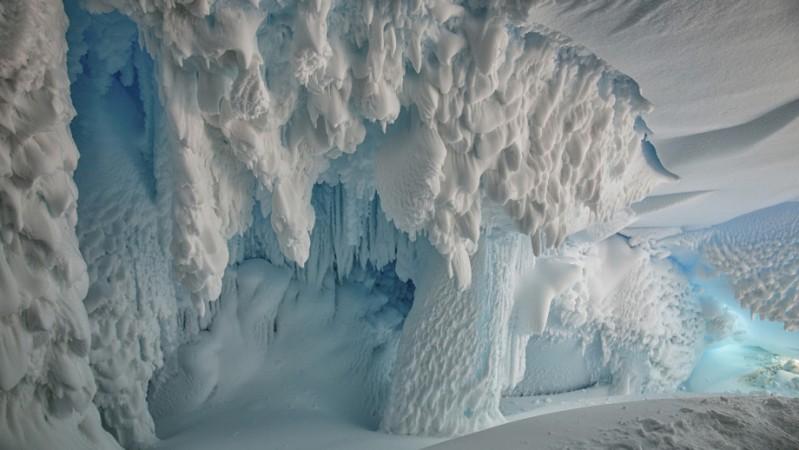
Eastern Antarctica is one of the few regions in the world that remains largely unexplored. It contains the thickest ice on the planet, and the region's "tectonic seismicity" has remained unknown and a seeming lack of rift motions have long puzzled scientists. It was considered to be an anomaly when compared to other continental land masses on the planet.
One of the reasons for this line of reasoning was because of tectonic plate movements. Even the massive weight of the kilometres-thick ice was believed to be increasing the normal stresses that plates endure.
The study points out that the first earthquake to definitively originate from within Antarctica happened in 1982. Since then, only eight events have been recorded. As to why exactly there has been no extensive records on the seismic activity of this region, "It's really just we didn't have the ability to fully observe what's going on," Drexel University seismologist Amanda Lough told Earther.
About 27 small quakes, between magnitude 2.1 to 3.9 were recorded in 2009 alone. The results of a nearly decade-long study have only recently been published. Nearly all of the quakes took place near the Gumburtsev Subglacial Mountains, say the researchers. These mountains under the ice are a part of an ancient rift system at a point where the planet's crust is being pulled apart.
Eastern Antarctica is a type of landmass that is called a Craton which are stable, old and massive landmasses that take up whole continents. Another Craton is the whole Canadian shield, but even there in the northern tundra beneath the Shield, there is seismic activity. This new finding of earthquakes under Antarctica makes it more like other Cratons across the world.
Recent reports of mountains and valleys under the Antarctic ice showed that there is a lot to learn about the way ice moves along the Antarctic mainland. East Antarctica shows no indication of current active rifting or any signs of large-scale Cenozoic rifting such as that in the West Antarctic Rift System, noted the research report.
The report also shed light on the ongoing relationship between Antarctic ice sheets, plate stresses and the overall seismicity. It said Greenland is another place that is exhibiting a similarly complicated patterns of present-day seismicity.
Scientists say that most of the earthquakes taking place in and around the margins experience rapid loss in ice-mass. This has also been attributed to the melting and increased rate at which ice sheets are falling into the sea over just the last hundred years.
The findings have been published in the journal Nature Geoscience.

















